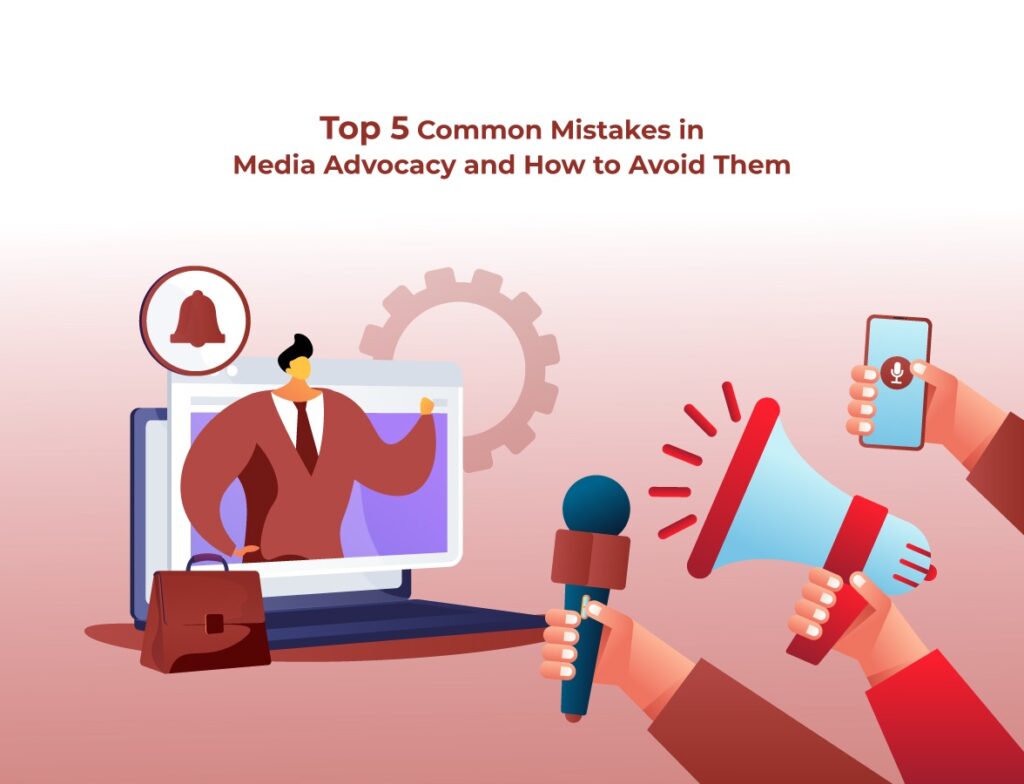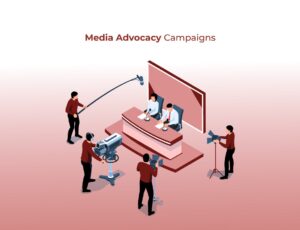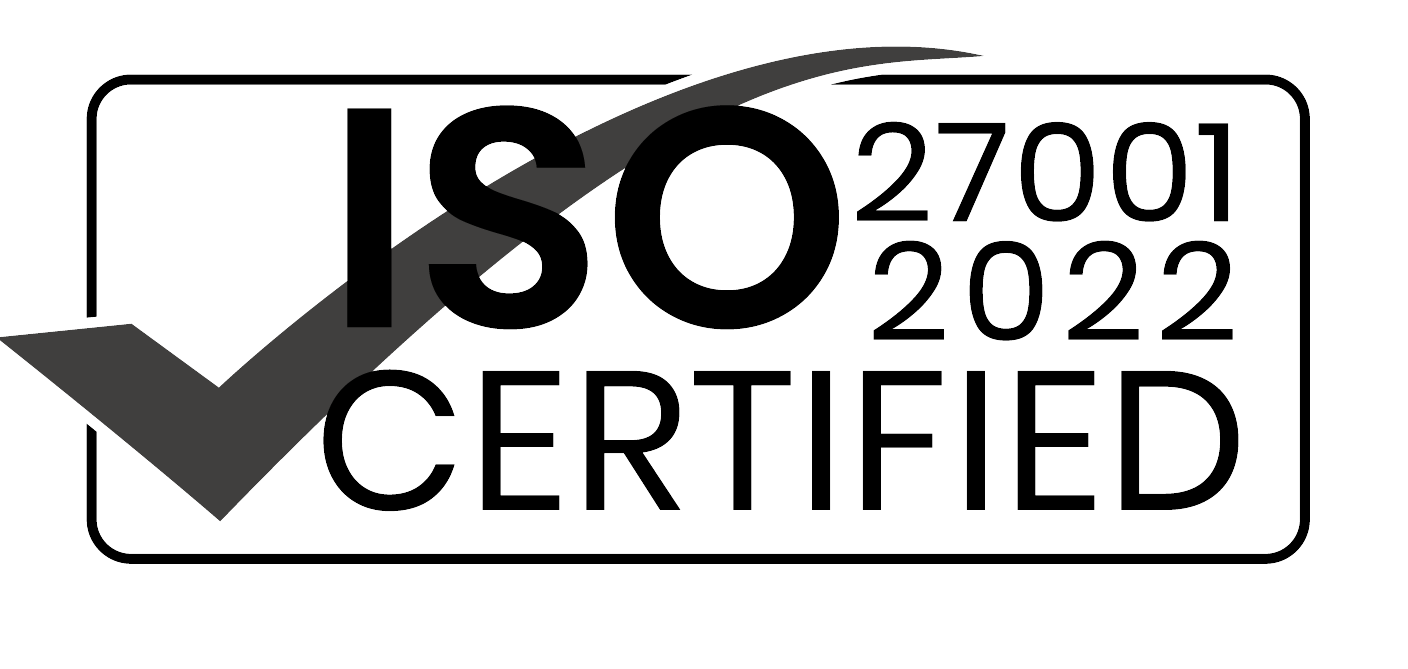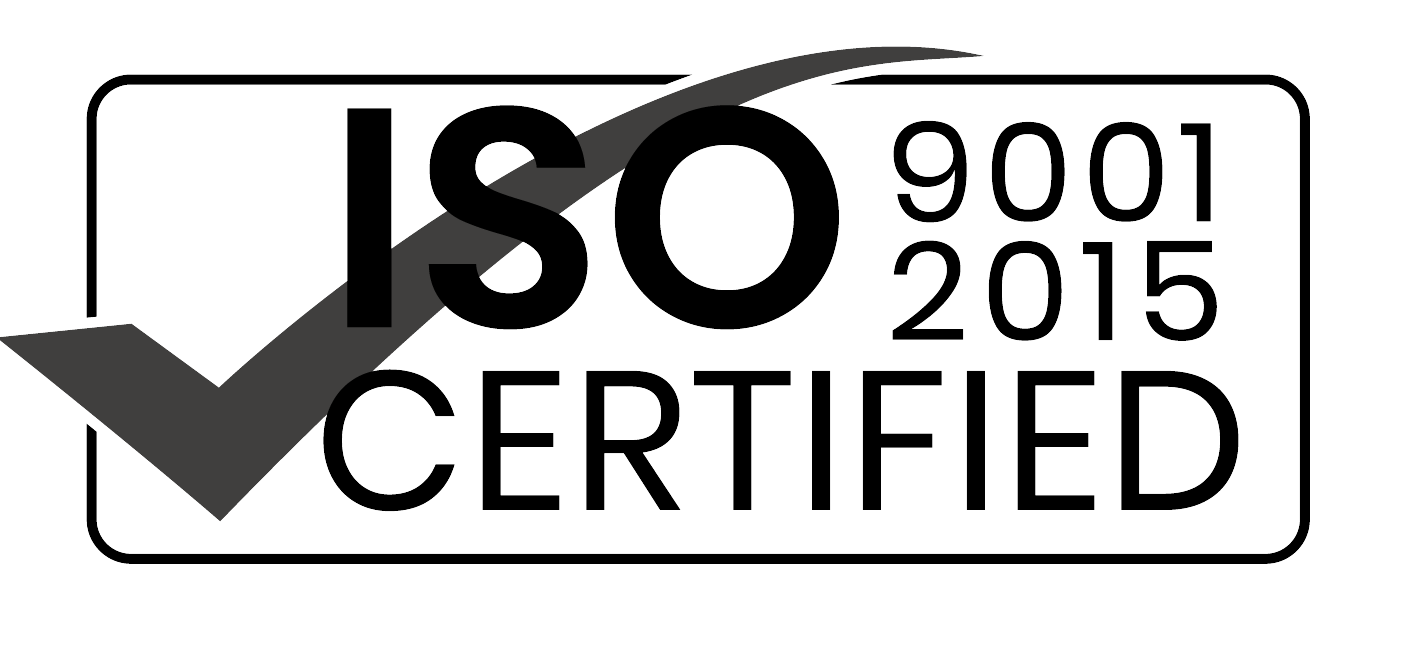Media advocacy plays a crucial role in shaping public opinion and influencing policy decisions. However, many organizations encounter pitfalls that can hinder their effectiveness. Understanding and addressing these common mistakes in media advocacy can help you run more successful campaigns. In this guide, we will explore the top 5 mistakes and provide actionable strategies to avoid them, ensuring your media advocacy efforts are impactful and efficient.
1. Neglecting Clear Objectives in Media Advocacy
Common Mistake: One of the most significant common mistakes in media advocacy is failing to set clear and measurable objectives. Without specific goals, it’s challenging to evaluate the success of your campaign and make necessary adjustments.
Solution: To avoid this mistake, establish SMART (Specific, Measurable, Achievable, Relevant, Time-bound) objectives for your media advocacy efforts. For example, if your goal is to increase awareness about a policy issue, set a target like “increase media mentions by 20% within the next six months.” Regularly review and adjust these objectives based on campaign performance and feedback.
2. Ignoring Target Audience Research
Common Mistake: Another frequent error in media advocacy is neglecting to research your target audience. Without understanding who your audience is, your messaging may miss the mark.
Solution: Conduct comprehensive research to understand your audience’s demographics, interests, and media habits. Use tools like surveys, social media analytics, and focus groups to gather insights. Tailor your messaging and choose media channels that best align with your audience’s preferences to enhance engagement.
3. Overlooking the Importance of Storytelling
Common Mistake: Common mistakes in media advocacy often include a lack of compelling storytelling. A strong narrative is essential for capturing your audience’s attention and making your message memorable.
Solution: Develop a compelling story that resonates with your audience on an emotional level. Incorporate real-life examples, testimonials, and anecdotes to create a connection. Ensure that your story aligns with your campaign’s goals and appeals to the values and interests of your audience.
4. Failing to Measure and Analyze Results
Common Mistake: Many organizations fail to measure and analyze the results of their media advocacy campaigns. Without proper measurement, it’s difficult to understand what’s working and what needs improvement.
Solution: Implement a robust measurement framework to track key performance indicators (KPIs) such as media coverage, audience engagement, and campaign reach. Utilize analytics tools to collect and analyze data, and generate detailed reports to gain insights into your campaign’s effectiveness. Regularly review these metrics and make data-driven adjustments to improve your strategy.
5. Not Adapting to Changing Media Landscapes
Common Mistake: The media landscape is constantly evolving, and failing to adapt can result in outdated strategies. Staying current with media trends is vital for maintaining the relevance of your advocacy efforts.
Solution: Stay informed about the latest developments in media and technology. Regularly update your media advocacy strategy to incorporate new platforms, tools, and practices. Engage with media professionals and industry experts to keep your approach innovative and effective.
Conclusion
Avoiding these common mistakes in media advocacy is crucial for running effective campaigns that achieve your objectives. By setting clear goals, understanding your audience, employing compelling storytelling, measuring results, and adapting to media trends, you can enhance the impact of your media advocacy efforts. Implement these strategies to drive greater success and make a significant difference in your campaigns.
For more insights and resources on media advocacy, visit our Media Advocacy Resources page.







